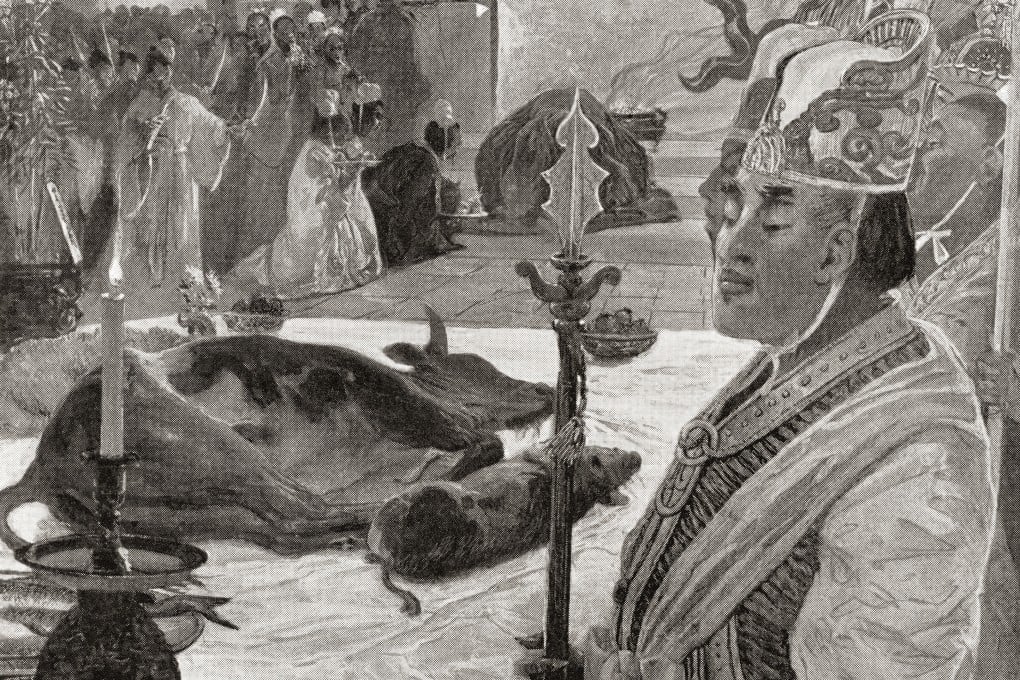Reflections | Ancient Chinese rules on animal sacrifices and how the practice has evolved today
Muslims celebrate Eid al-Adha this weekend, which involves ritual animal sacrifice, something Chinese started performing in the Zhou dynasty

Facing obstacles in Europe and North America, Hong Kong has, in recent years, sought non-traditional sources of business and investment opportunities, including countries in the Middle East.
In the process of reaching out to these countries, there has been interest among some Hongkongers in learning about Islamic culture. Even if their motivation is unquestionably mercantile, it is not necessarily a bad thing. The world can certainly do with more awareness and understanding of different beliefs and ways of life.
Eid al-Adha commemorates the willingness of the Prophet Ibrahim – known as Abraham in Jewish and Christian traditions – to sacrifice his son in obedience to God’s command. Just as Ibrahim was about to carry out the sacrifice, God intervened and provided a ram to be sacrificed instead. To honour this act of devotion, Muslims around the world perform korban, a ritual animal sacrifice, during Eid al-Adha.
Korban involves the slaughter of livestock such as goats, sheep or cows, following Islamic guidelines. The meat is divided into three parts: one-third is kept by the family, one-third is given to relatives and friends, and one-third is distributed to the poor. This ensures that everyone, especially those less fortunate, can partake in the festival.
Eid al-Adha begins with a special congregational prayer followed by korban and community gatherings. It is a time of reflection, generosity and gratitude, emphasising faith, compassion and social responsibility within Muslim communities.
